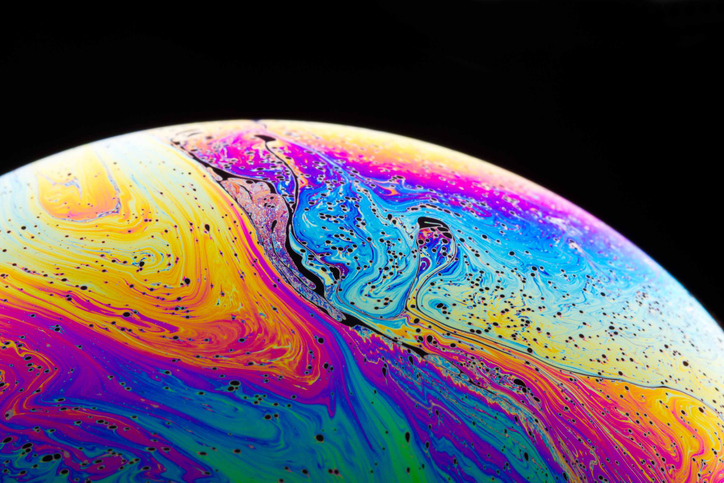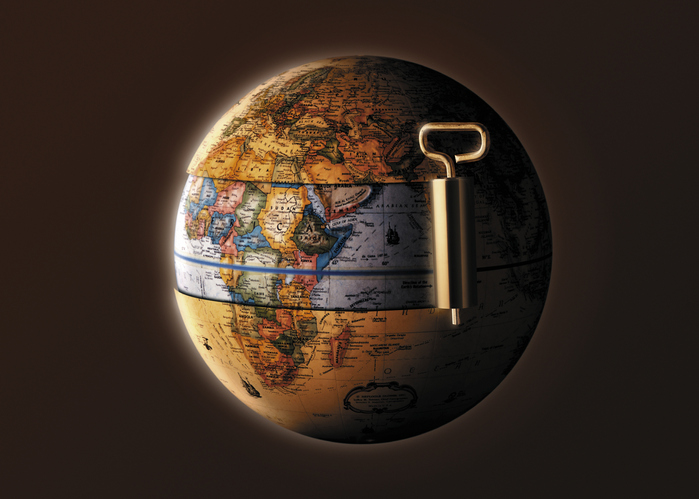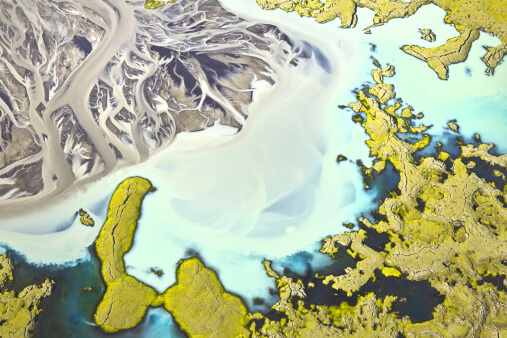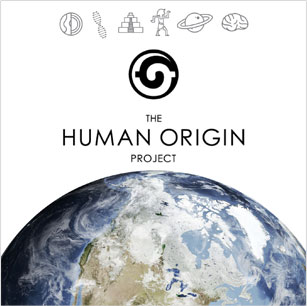Planet earth is 4.6 billion years old. That’s a very big number. It is one of those numbers that you hear people say, yet it’s hard to even picture. There’s not enough time to even count that high within a single lifetime.
If the earth age dates to this period, exactly how did the earth form? A look at the origins of our planet reveals a chaotic time as far back as we can imagine. These events eventually settled, and luckily for us, life began to develop and prosper everywhere across the globe.
In this article, we’ll explore the question: How did the Earth Form?
Who discovered the age of the earth?
Finding the age of a planet isn’t as complicated as you might think. Caltech geophysicist Clair Patterson was the one to settle the debate. The process is as simple as finding the oldest piece of the planet, then dating it. So it’s fair to say that 4.6 billion years is the age of the earth we know today. It could change if an older rock surfaces.
So far, the oldest sample found on earth has dates to 4.3 billion years old. It is an ancient zircon rock uncovered in Australia. With room for error in the dating, scientists have come to agree that 4.6 billion years is a good approximation for the earth’s age. Although it’s a big number, it could be much older than that.
The land before time
Before the formation of the earth, the solar system, and even the sun, scientists believe there was only clouds of dust particles whirling around.
What transpired after this is still debated. Two main theories on the earth’s origins are still openly discussed today. Which is correct? The truth is we don’t know.
The core accretion model of how the earth formed
Currently the accepted model on how the earth and planets in general form. Before the earth, sun and solar system were around, only tiny particles of space dust and debris were present.
Something then happened to disturb these particles, possibly the explosion of a nearby star, and as a result, the sun was born. The immense energy created caused the clouds of space dust to go into a high-speed spin.
With all these particles whirling around and crashing into each other, many began to collide under unbelievable pressures. They eventually formed our star, the sun. The newly formed sun created a powerful gravitational pull that it drew the dust cloud into nearby orbits.
As the small particles began to collide, they, in turn, became larger particles. As this was unfolding, extreme solar winds blew away lighter elements such as helium and hydrogen, meaning the denser and rockier materials were left behind in a battle of space objects. Earth and other large planets formed as the objects became increasingly large.
Because the heaviest elements sunk to the center of the newly formed planet, the core became the densest part. It left the lighter elements to rise to up, and the earth’s crust formed.
How the atmosphere formed
The early atmosphere is thought to have formed as outgassing, and incredible volcanic activity continued across the planet. As these primordial times were fiery and turbulent, there were constant collisions with the newly formed earth and other objects in space.
Through collisions, much of the water was delivered to earth. Enormous icy bodies in the form of comets entered the atmosphere and cooled the planet. They also brought the building blocks of life as we know it.
It was all possible due to earth’s distance from the sun. A distance known as the ‘Goldilocks zone.’ The water hurled into the atmosphere didn’t freeze or evaporate; it was able to remain liquid and eventually formed the earth’s earliest oceans and rivers.
The disk instability model of how the earth formed
A relatively new in an attempt to answer the question: how did the earth form. Unlike the intense collisions necessary in the core accretion model, this theory doesn’t require them at all.
Based on the idea that after a new star forms, gas and dust begin to clump together. These bound particles begin an orbit of the newly formed star and gradually condense into planet-sized objects. Almost as if the planet forms from the outside in rather than the inside out.
These clusters form naturally in space and are like small communities of space particles. They go through a process of slowly compressing into themselves. The resulting planet is generally thought to be massive and entirely gaseous. It is then possible for them to become rocky and earth like if the conditions are just right.
The bundles of gas and dust have banded together. It means there is a large enough mass to save them from being sucked into the molten star that has just formed.
The theory also has a different timeframe. Formation of planets within the disk instability model would have to occur in a much quicker time (possibly only a few thousand years). It suggests lighter gases that would otherwise escape, to be trapped as the new planets form.
Which theory is correct?
Each explanation does enough to explain how specific planets form. However, they both fail to allow for the creation of every size and type of planet visible in the universe.
One of the main problems with the disk instability model is that it only explains huge planetary bodies that are gaseous, like Jupiter.
It has been difficult for the advocates of the theory to explain how the earth could have formed this way.
The core accretion model fails to logically describe how huge gaseous planets are created at all.
It also doesn’t explain tiny planets found throughout the universe. With prolonged processes in core accretion, smaller planets wouldn’t have enough mass to orbit the new star. They would instead be sucked in and consumed by it.
Conclusion
So how did the earth form? The answer may be one of these two theories or a combination of both. Either way, they are accepted and have been observed in some way or another in modern times.
Maybe it’s the just too long ago to know for sure, or perhaps we have already had the answer but can’t prove it yet.
Whatever the case, the origins of the earth continue to be discussed and keenly researched by scientists across the globe.
Now it’s up to you. How do you explain the formation of planet earth?


 4.6 million years ago the earth formed under turbulent circumstances.
4.6 million years ago the earth formed under turbulent circumstances. 
























